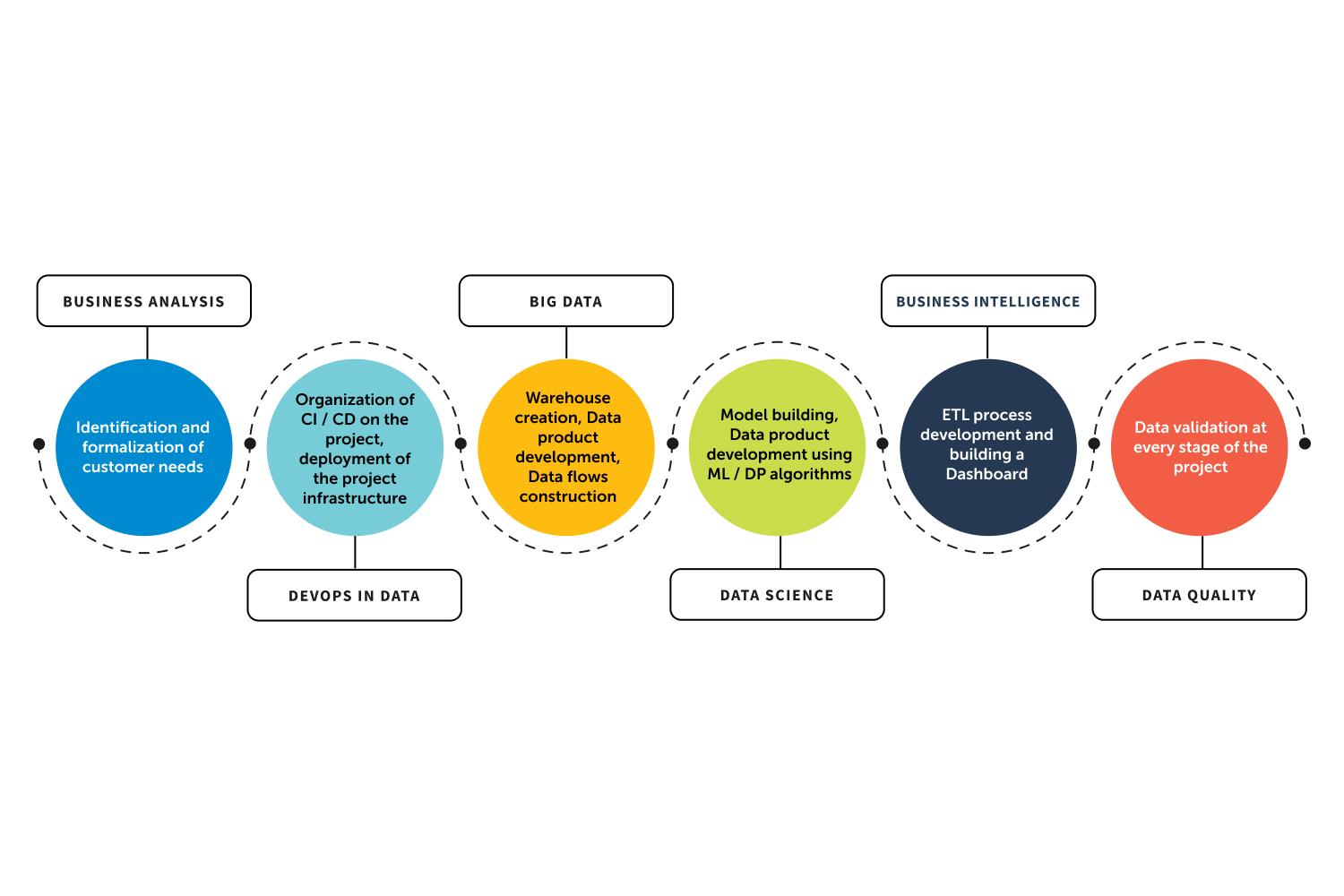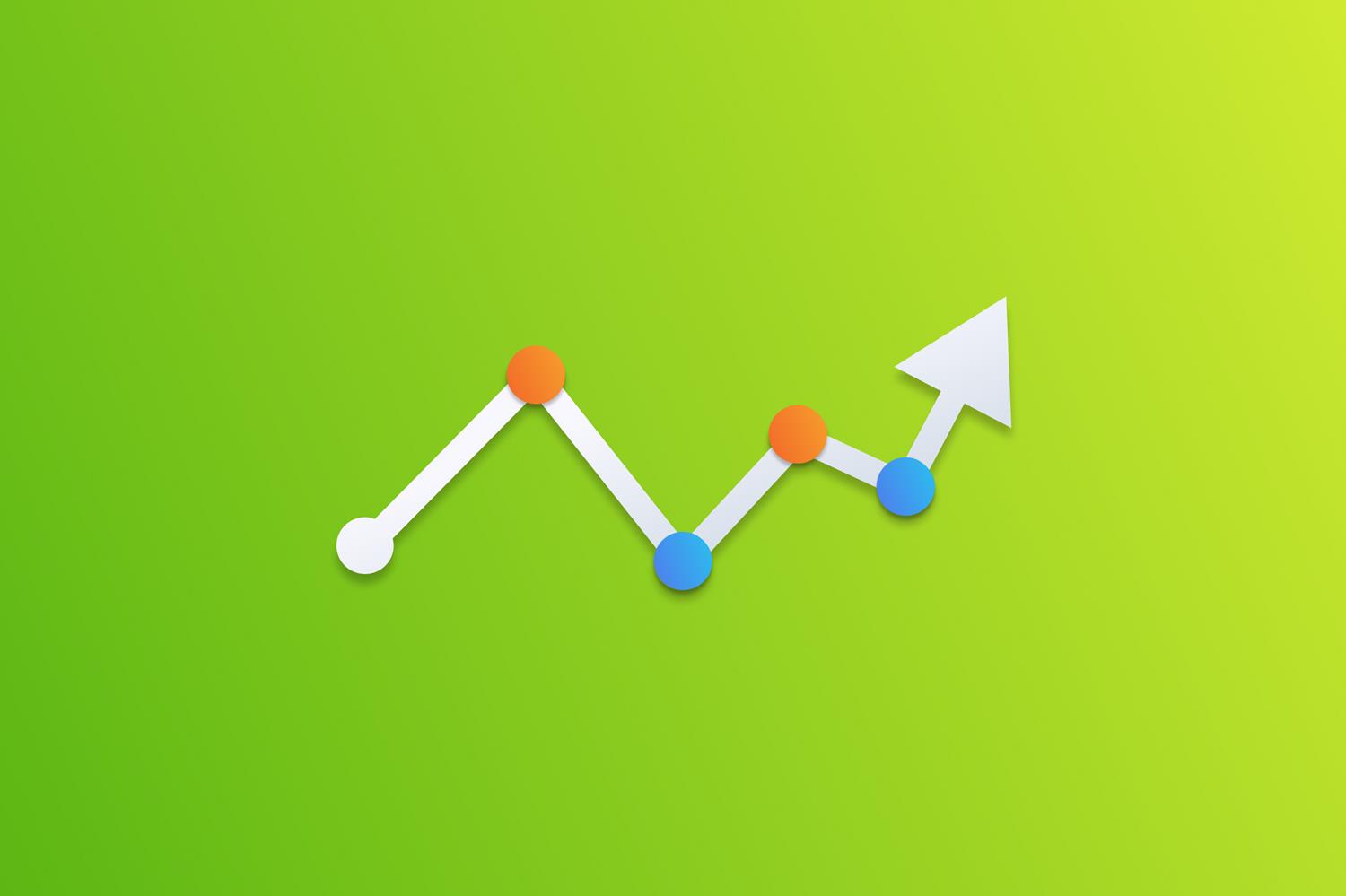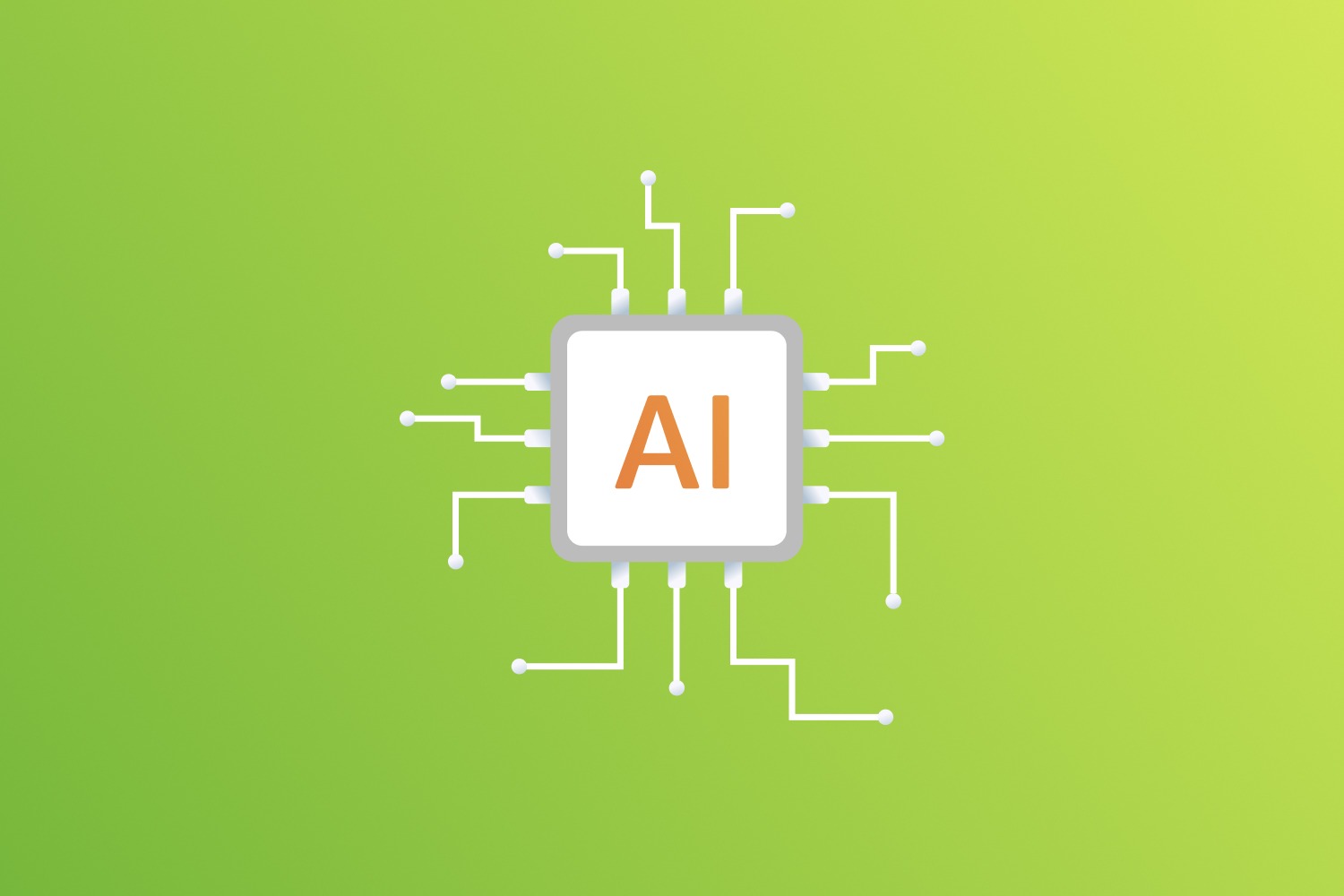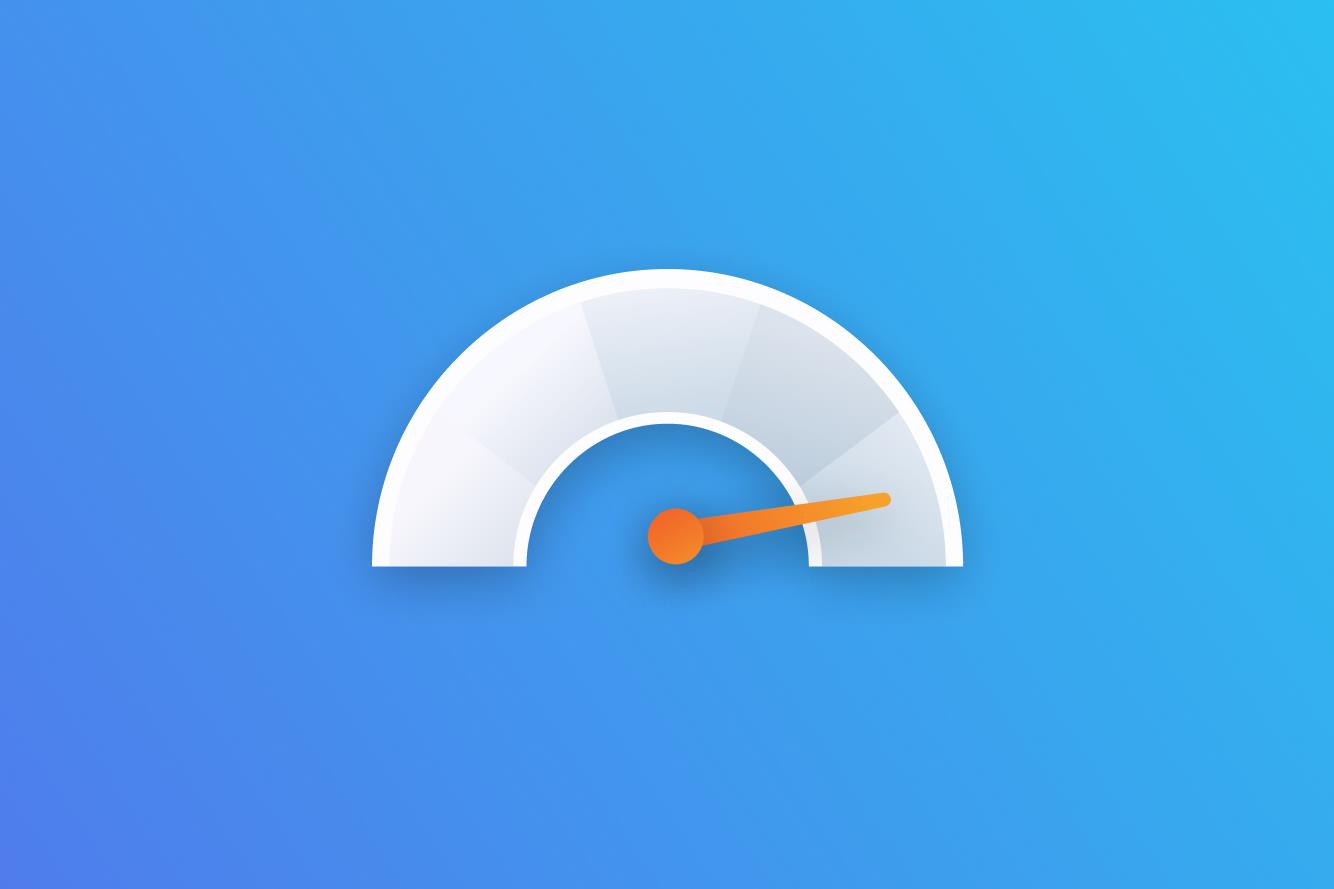Data practice in EPAM is represented by different areas: Data Science, Business Intelligence, Data Quality, Big Data, Business Analysis, DevOps. We asked the lead developer Dmitrii Tsipin to explain the difference between these areas and what the specialists in each of them do.
Big Data
Big Data engineers develop distributed software solutions for processing and analyzing information. Big Data technologies ensure that big data professionals are constantly developing and in demand in a wide range of software development areas.
DevOps in Data
Data system engineers integrate new functionality into implemented projects, configure and automate the release cycle, design, and create data platforms. It is worth noting that, unlike Cloud & DevOps, DevOps in Data work with Hadoop, NoSQL, and migrations in addition to standard clouds and Ansible, Jenkins, Bash.
Data Science
Data Science engineers design mathematical models and algorithms that extract business insights from data and automate cognitive business processes. The projects apply both classical machine learning methods and neural networks and reinforcement learning.
Data Quality
Data Quality Engineering is a relatively young, but very promising area in EPAM. The mechanics of the work are very close to automated testing. The tasks of "data testers" include checking information for its compliance with business requirements, usability, and established quality metrics. Data Quality engineers also build automated data validation processes at different levels and stages of processing.
Business Intelligence
BI engineers help customers build a system that allows them to analyze business-critical parameters and KPIs. The process includes three parts.
- ETL (Extract, Transform, Load) — setting up the processes of collecting information from a variety of sources, cleaning it, and bringing it to the required format.
- Warehousing — organization of an analytical data warehouse.
- Reporting — preparation of visualizations and presentation of tabular data in graphs.
Business Analysis
The tasks of analysts can be business- or system-oriented and vary depending on the scale and specifics of the project. Business-oriented tasks help to find out the needs of a customer whereas system-oriented ones require analyzing information, creating a data model, or designing a system on the top level.
Discover a universe of possibilities in Data Science with EPAM's educational training. Don't miss out – register now and let your data adventures begin!







_03132332.png)
